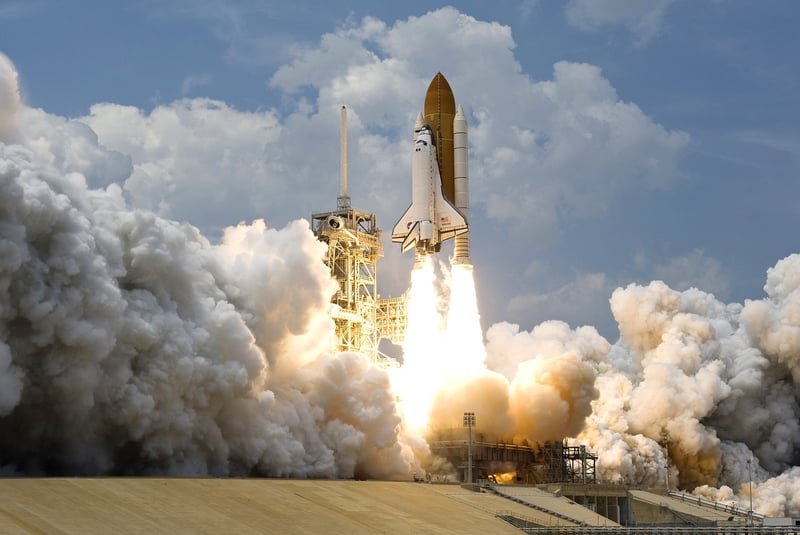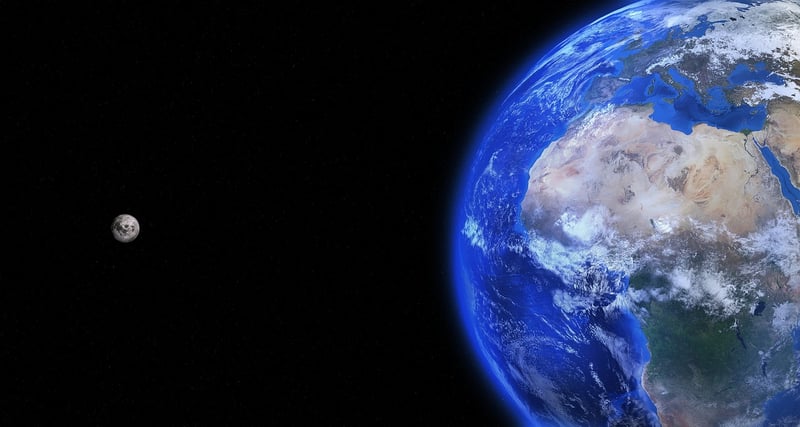Bioengineered Habitats
Crafting Vessels for Space Exploration

Space exploration has always been a fascinating subject for scientists and enthusiasts alike. The concept of crafting vessels capable of traveling beyond our atmosphere has led to incredible advancements in technology and engineering.
The Evolution of Spacecraft
From the early days of the Space Race to the modern era of international collaborations on the International Space Station, spacecraft have come a long way. The development of various types of vessels, such as space shuttles, capsules, and probes, has enabled humans to explore the cosmos like never before.
Challenges and Innovations
Building vessels for space comes with a unique set of challenges. Engineers have to consider factors like extreme temperatures, vacuum conditions, radiation exposure, and propulsion systems. Overcoming these challenges has led to remarkable innovations in materials science, propulsion technology, and life support systems.
- Advanced Materials: Lightweight yet durable materials like carbon composites and titanium are used to construct spacecraft that can withstand the harsh conditions of space.
- Propulsion Systems: From traditional chemical rockets to experimental ion engines, propulsion systems play a crucial role in maneuvering spacecraft in space.
- Life Support Systems: Recycling air and water, creating artificial gravity, and providing food and shelter are essential for sustaining life on long-duration space missions.
Bioengineered Habitats in Space

As humans look towards long-term space exploration and colonization of other planets, the concept of bioengineered habitats is gaining traction. These habitats involve creating self-sustaining ecosystems that can support life in space environments.
Benefits of Bioengineered Habitats
By integrating biological systems into spacecraft and habitats, scientists aim to mimic Earth's ecosystems and provide astronauts with a more sustainable living environment. Benefits of bioengineered habitats include:
- Oxygen Generation: Plants and algae can produce oxygen through photosynthesis, reducing the need for oxygen tanks on spacecraft.
- Food Production: Growing crops and raising animals in space can supplement astronauts' diets and reduce reliance on pre-packaged meals.
- Waste Recycling: Biological systems can help recycle waste into nutrients for plants, closing the loop on resource sustainability.
As we continue to push the boundaries of space exploration, the development of spacecraft and habitats that can support human life in the cosmos will be crucial for our future endeavors beyond Earth.
Explore more about NASA's technology advancements in spacecraft design and habitat engineering.
